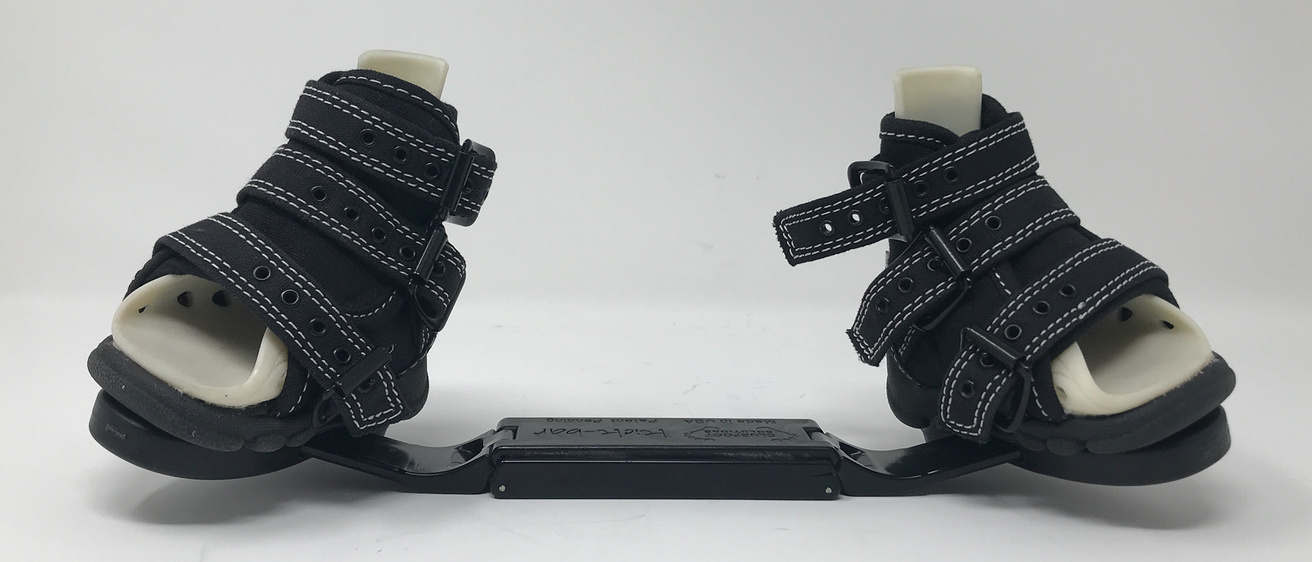About the Project
The most common musculoskeletal deformity among newborn babies around the world is a condition commonly referred to as clubfoot. The medical term for this condition is congenital talipes equinovarus, meaning the foot is abnormally turned downward and inward. The resulting posture resembles a club. If left untreated, clubfoot persists as a rigid, unsightly deformity and is one of the most common causes of physical disability.
The critical final phase of treatment for clubfoot, using the Ponseti Method, requires parents to use a brace in order to maintain the correct foot posture for 12–14 hours each night until four years of age. Parents have been vocal about a desire to allow their children some mobility while maintaining correct alignment for the treatment of this deformity.
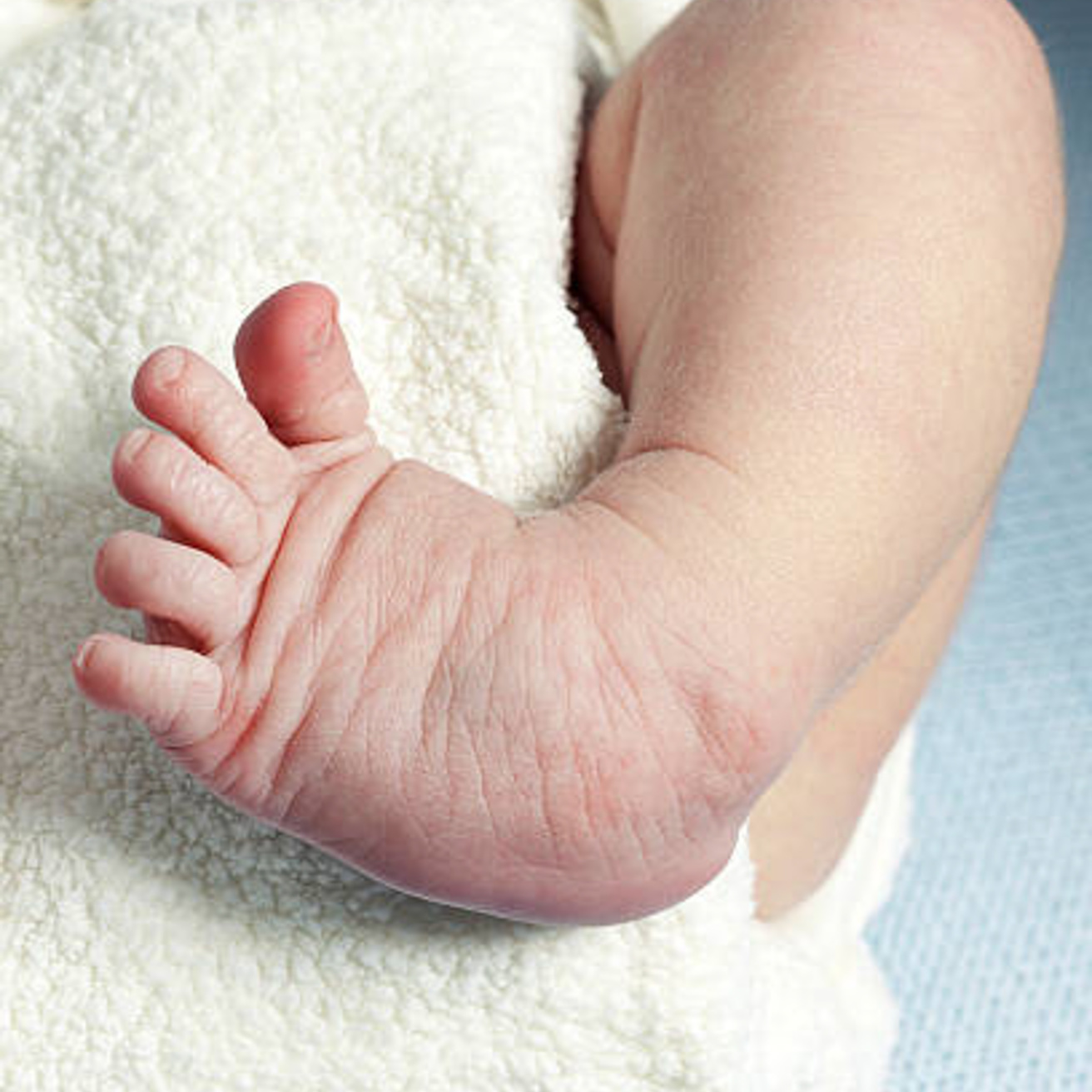
To that end, the University of Iowa’s medical device prototyping facility Protostudios utilizes 3D CAD design, rapid prototyping principles and state of the art 3D printers to quickly iterate upon the concept of a reciprocating brace that allows for the prescribed posture of abduction and dorsiflexion in a corrected clubfoot while allowing more mobility and higher degrees of comfort for the child.
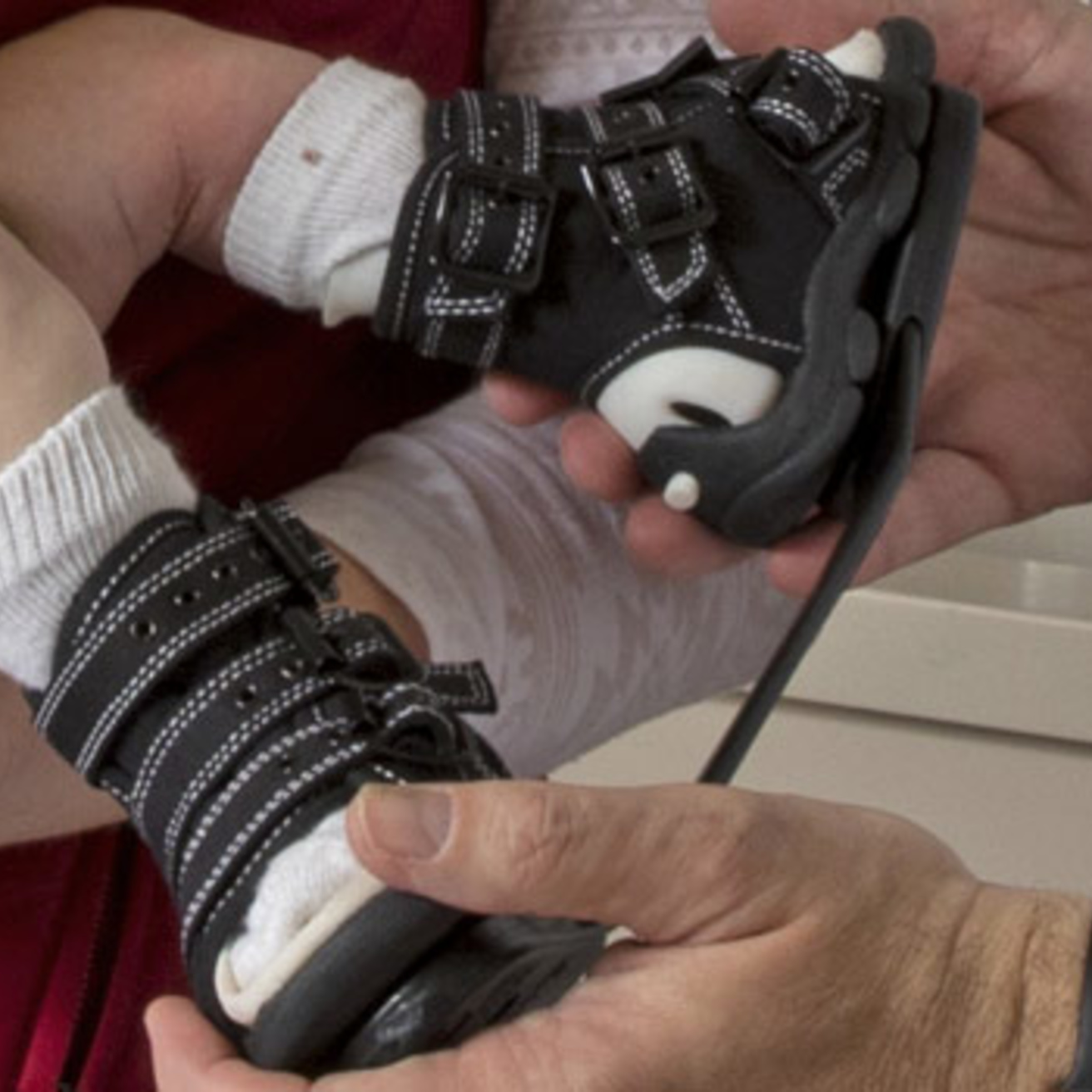
The previous clubfoot treatment device, the Iowa Brace, which doesn't allow the child much mobility.
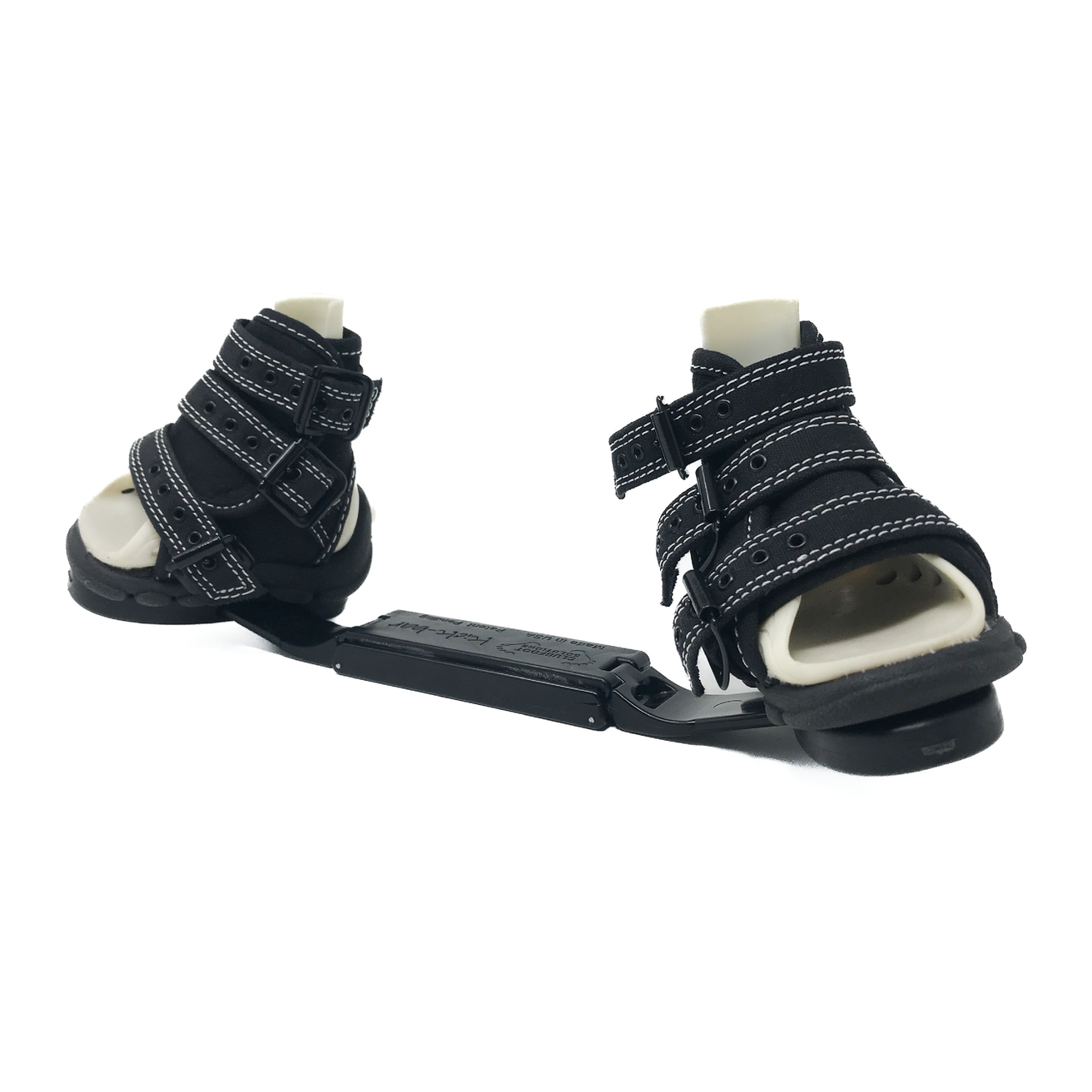
The new-and-improved Clubfoot Kick-Bar (Patent Pending), which allows the child more mobility without detracting from their clubfoot treatment.
“The staff at Protostudios have been fantastic in advancing development of Clubfoot Solutions’ new bracing system for children born with clubfoot. Although the original concept was developed and patented at the University of Iowa, Chuck, Spencer, and their associates have translated that concept into a workable, manufacturable device. Timely 3D printing has allowed us to finetune various aspects of the design and produce prototypes from which we have received valuable feedback from both parents and doctors. Working with ProtoStudios has been a rewarding and productive experience. On behalf of
Dr. Thomas Cook, PhD
Professor Emeritus, Physical Therapy and Public Health Vice-President, Clubfoot Solutions
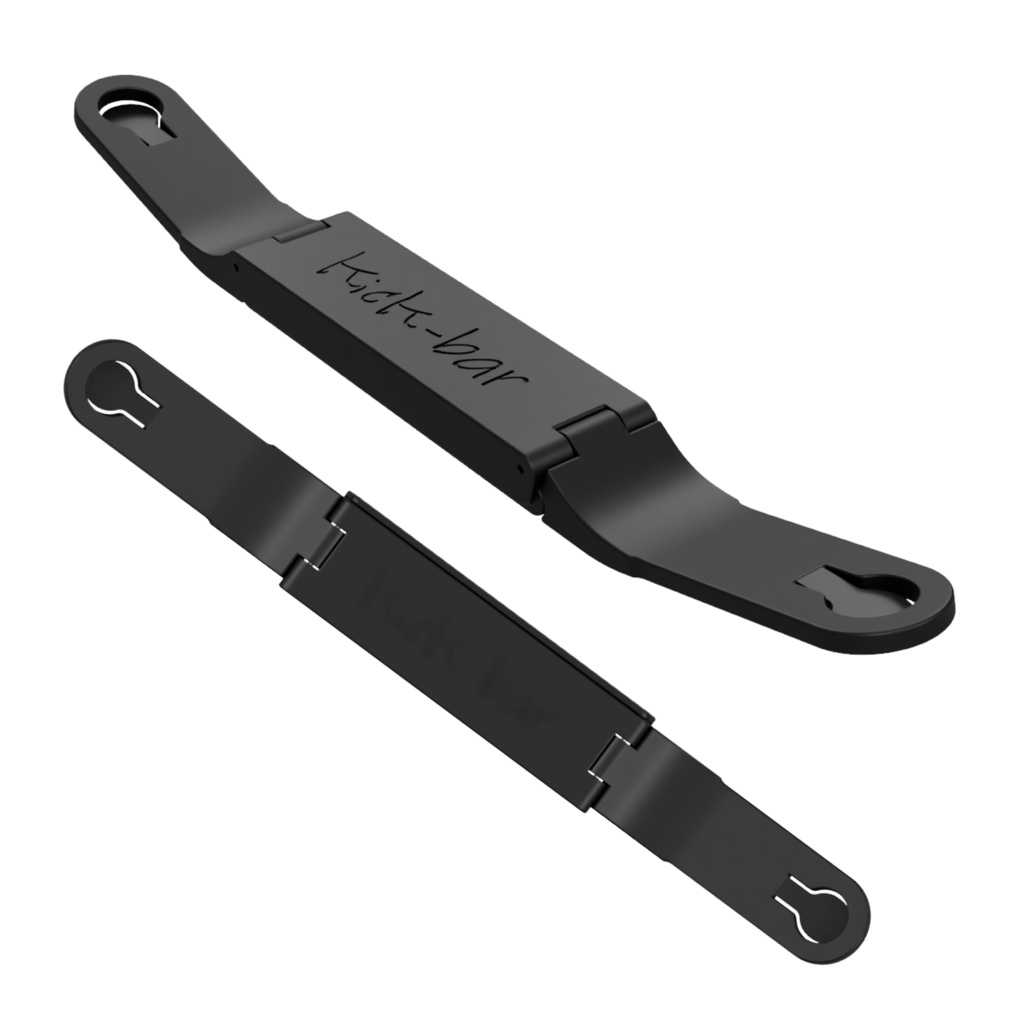
Design Concept CAD Renders
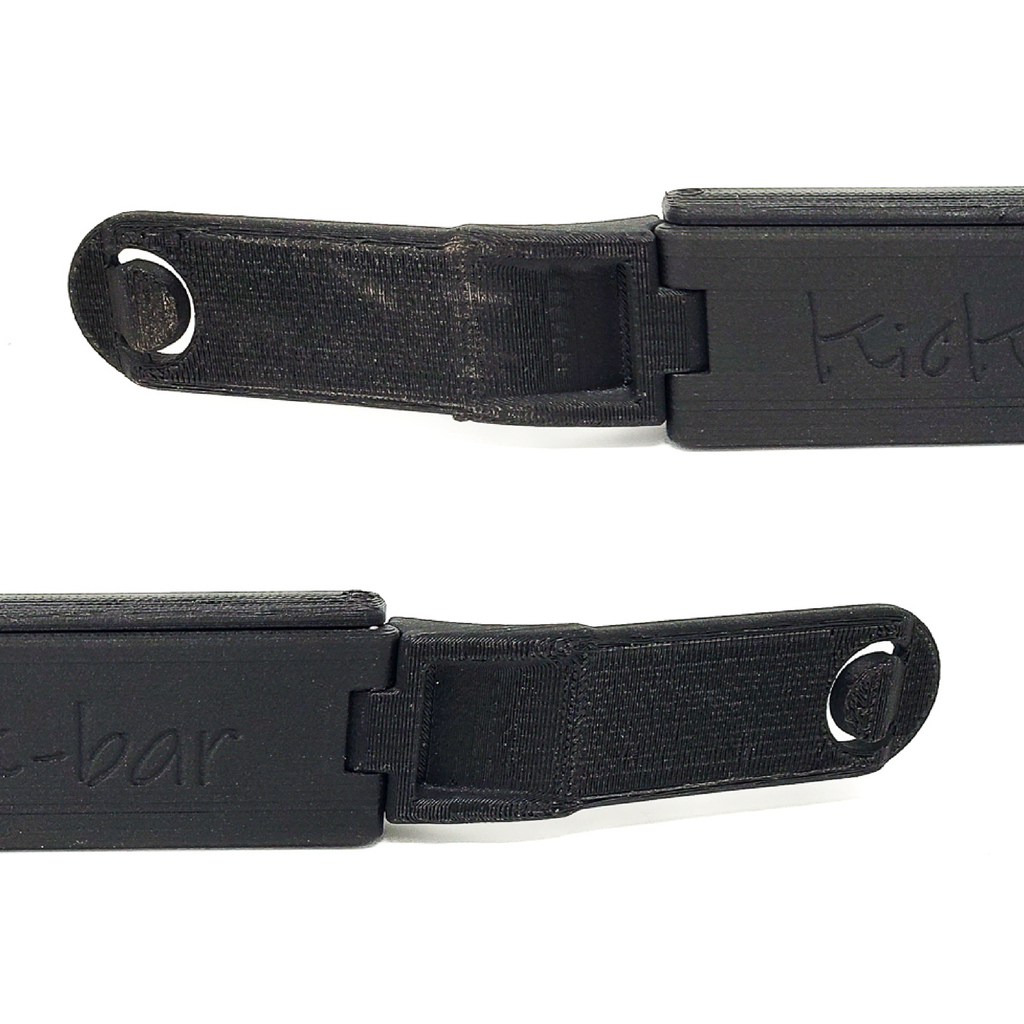
3D Printed Prototypes
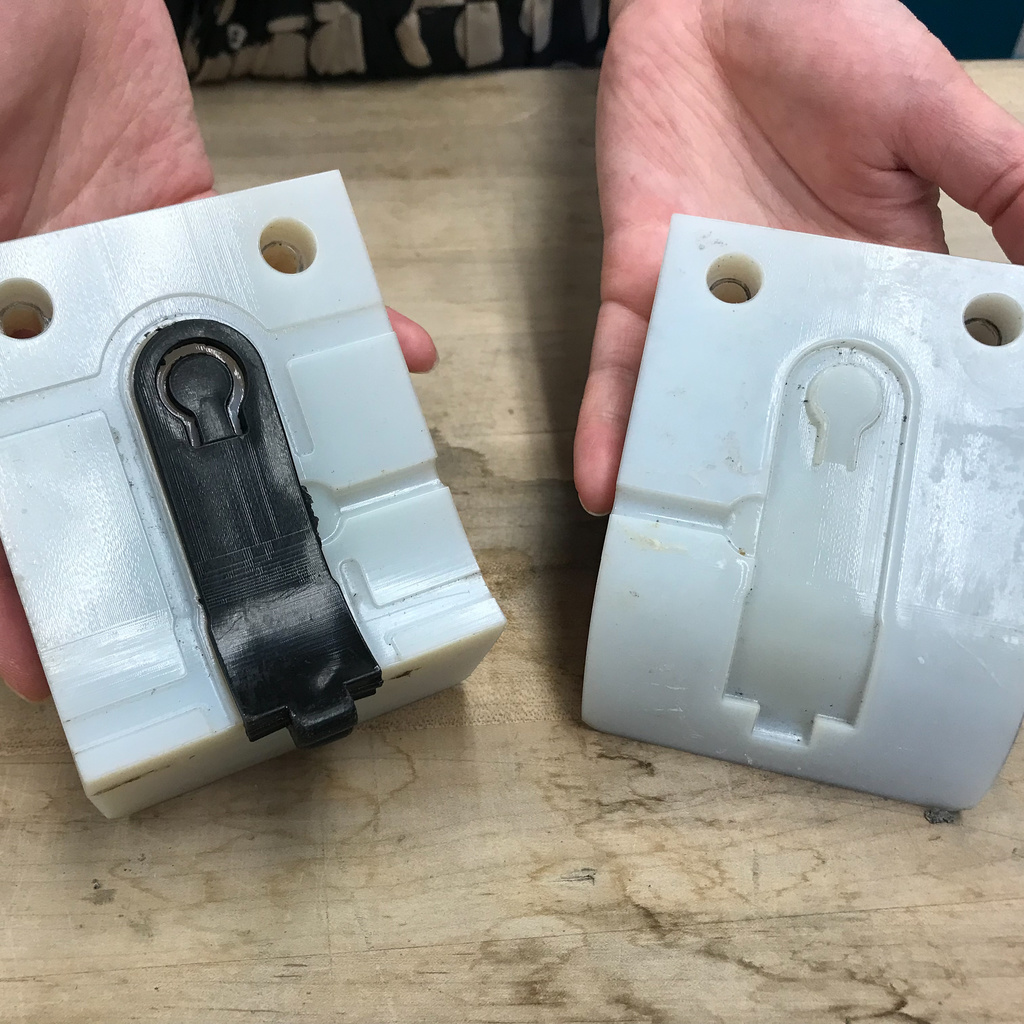
Assemble Device
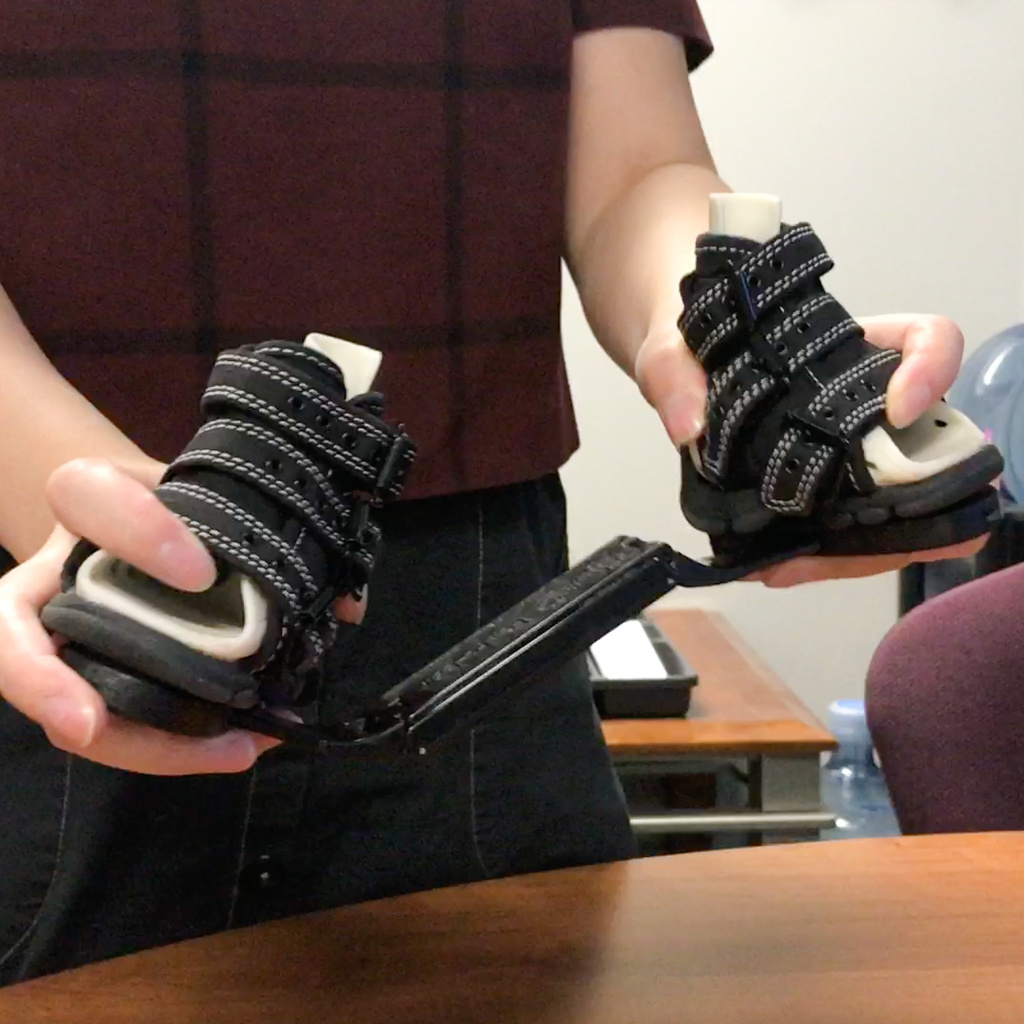
Fitment and Usage Testing

Injection Molding
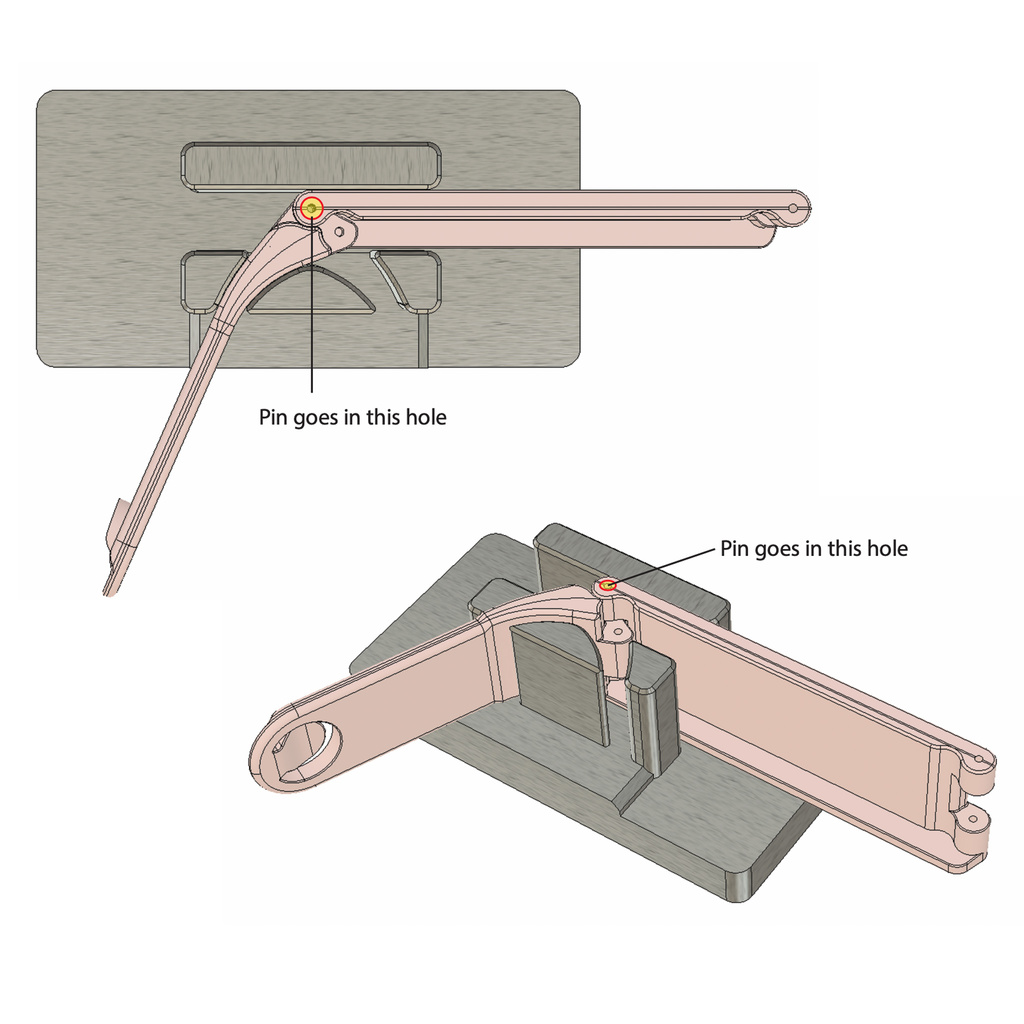
Jig for Assembling Process
Final Results
Because the connecting bar apparatus consists of two identical crossbars and two identical shoe attachment pieces, the use of pairs of identical components minimizes the number of unique parts needed in the device’s manufacture. The use of two crossbars increases the strength of the brace compared to single bar designs. This simple design results in low manufacturing costs and does not require careful adjustment by a trained medical professional, whose services may be costly or difficult to obtain, especially in low-and middle income countries.
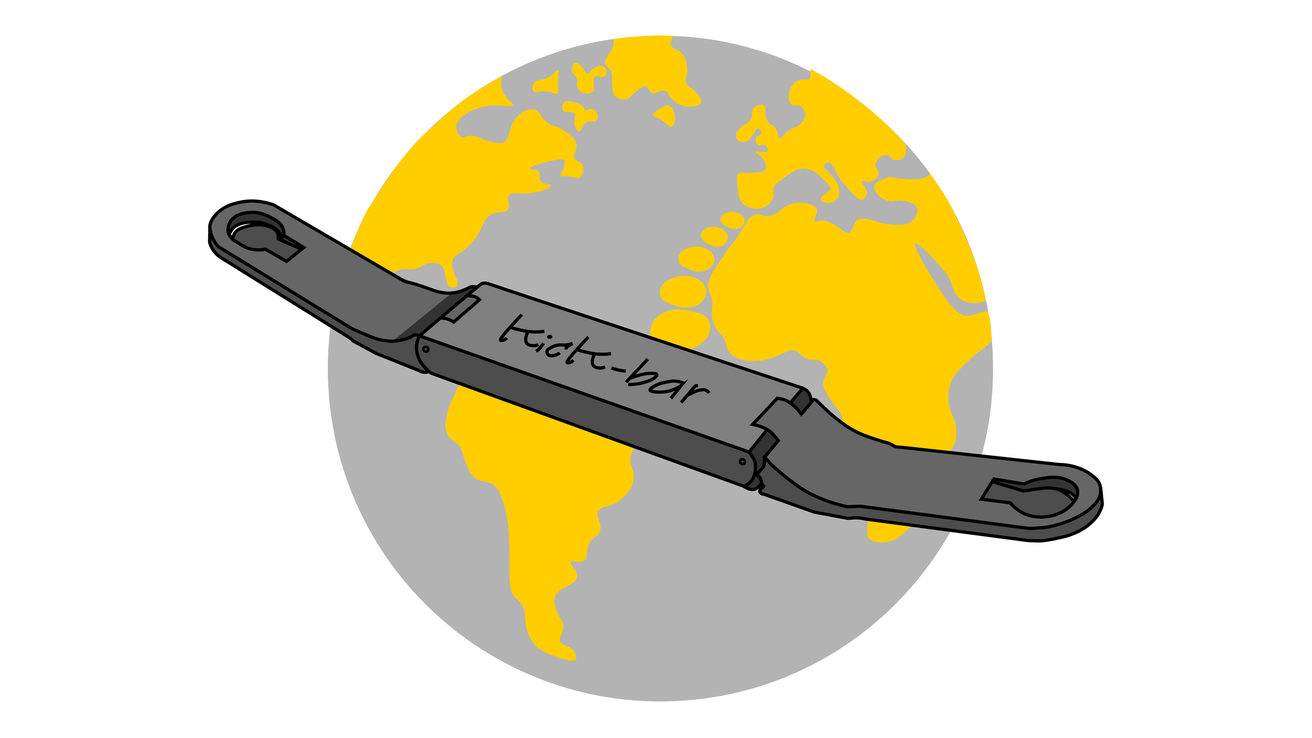
Information Resources: asmedigitalcollection.asme.org | clubfootsolutions.org
